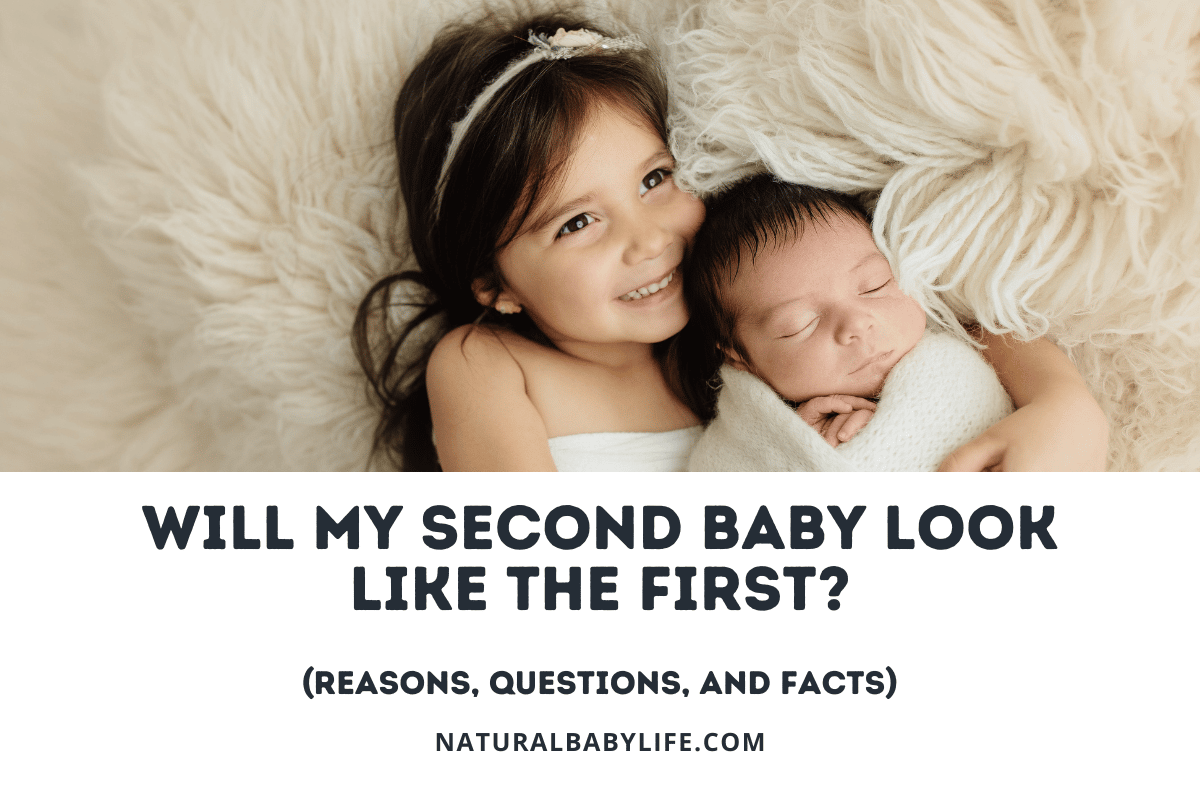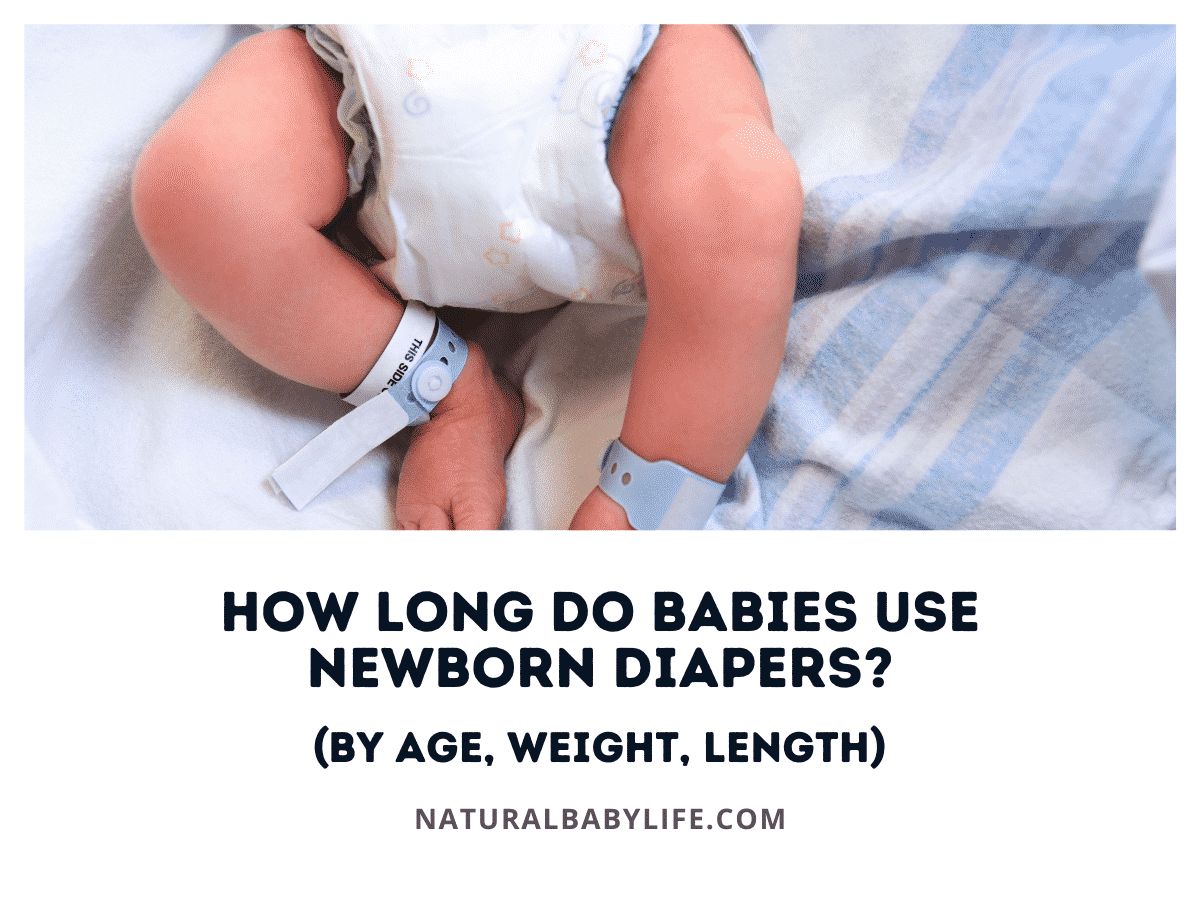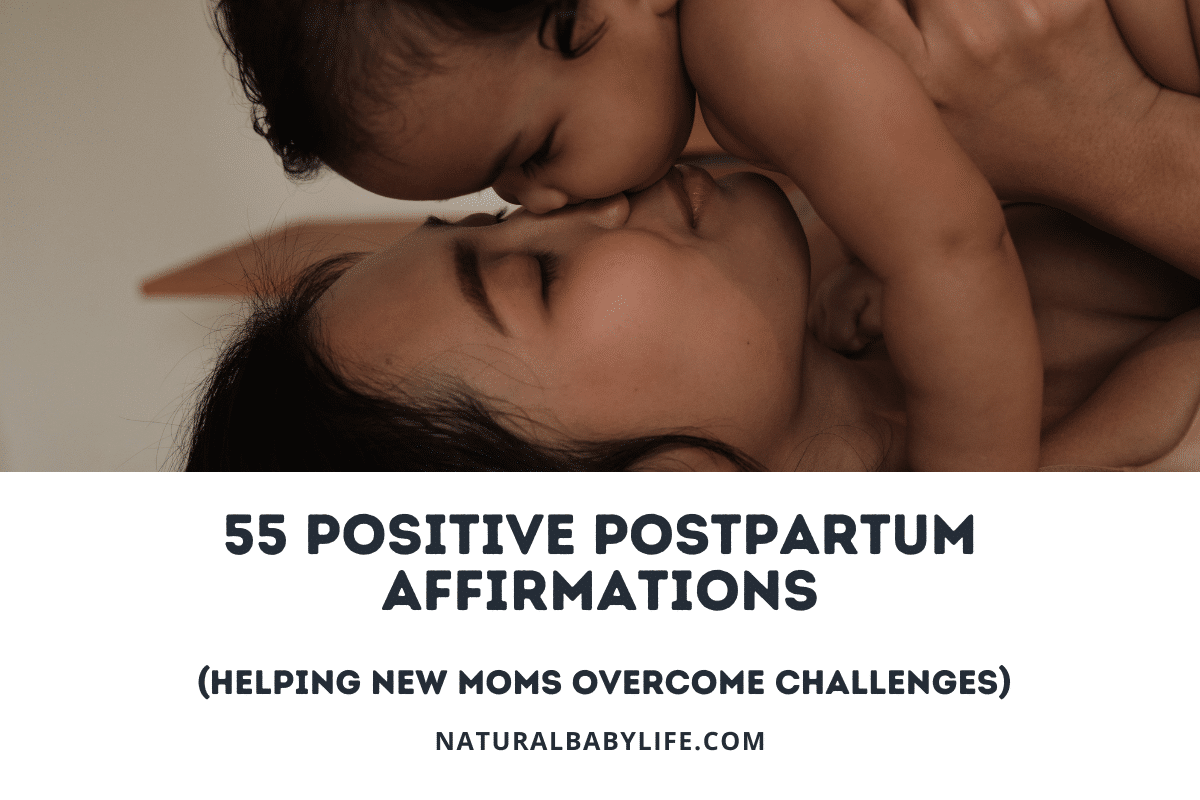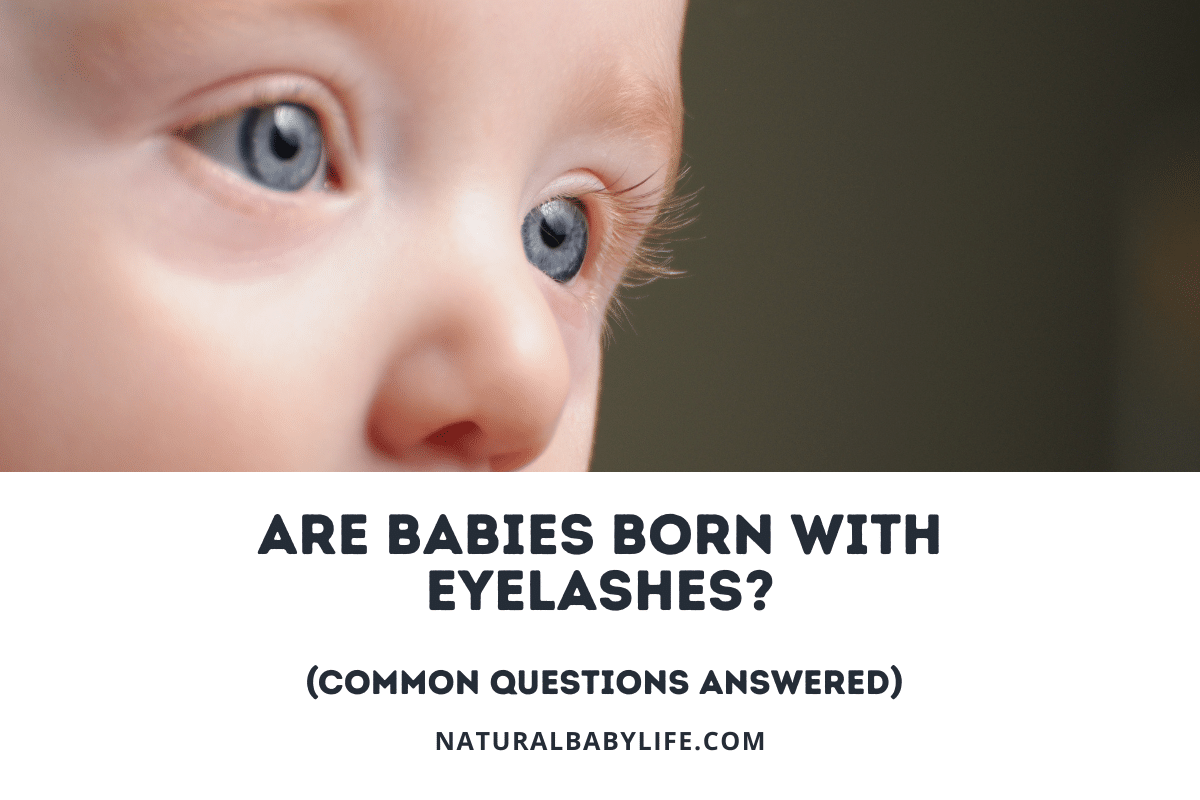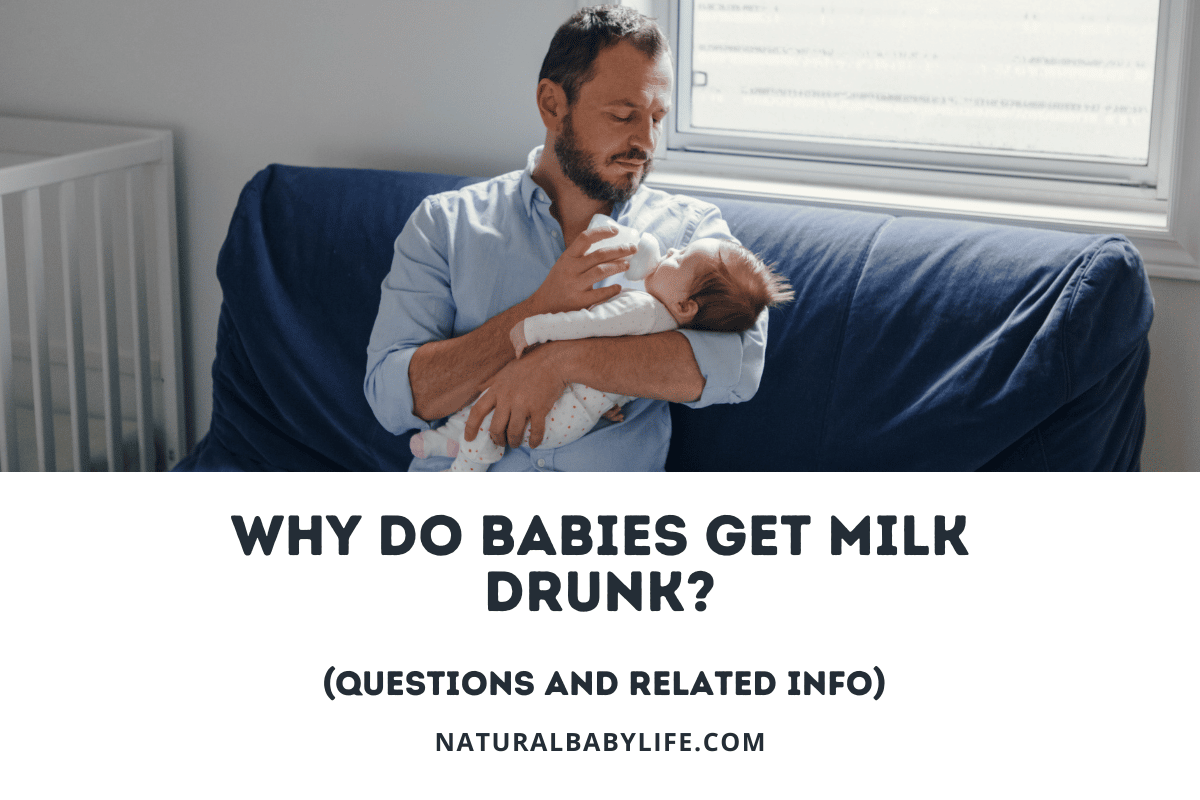Soon-to-be parents can only imagine what their new little one will look like when they are born. Parents who’ve already had one child have a little bit more idea of what their baby might look like, but just how much will a second baby look like the first?
Your children may look quite similar or nothing alike thanks to an intricate mix of genes passed along by each parent. Siblings actually only share 50 percent of their genetic material because each parent possesses two, usually differing, copies of each gene that they pass along at random.
Because of the complexities of human DNA and inheritance from each parent, it’s impossible to predict what your second baby will look like. Read on to learn about the complex DNA patterns that each parent contributes to their children and how DNA, along with other lifestyle factors, control how we look.
Table of Contents
Will my second baby look like the first?
Just think of the families you know–some families produce children who all look eerily alike. But have you ever met someone’s sibling and wondered how the two could possibly be related? It’s all because of our DNA and how parents pass their DNA on to their children.
Humans have 46 chromosomes, which are the building blocks of our DNA. Each chromosome has between 20,000 and 25,000 genes. Parents pass on biological characteristics to their children through those genes.
The physical variation between children stems from humans having two copies of each gene, and those two copies can be different. Which one we pass along to our child is completely random, so your first baby can get one copy, but your second baby could get the other–for completely different outcomes.
We have two copies of each gene because our own mother and father each passed one copy along at our own conception via their sperm and egg. The two copies are called alleles, but alleles don’t all interact in the same way. The way they interact creates the physical differences between siblings, and scientists call the interactions inheritance patterns.
How do inheritance patterns impact our children’s appearance?
If you vaguely remember your high school science lesson on dominant and recessive genes, that’s the material that influences whether your first and second babies will look alike. Allele inheritance patterns are lumped into seven categories.
- Autosomal dominant–the gene is dominant and on a non-sex chromosome
- Autosomal recessive–the gene is recessive and on a non-sex chromosome
- X-linked dominant–the gene is dominant and on the X (female) chromosome
- X-linked recessive–the gene is recessive and on the X (female) chromosome
- Y-linked–the gene is on the Y (male) chromosome
- Co-dominant–Each allele is equally strong and the two alleles create a combined characteristic
- Mitochondrial–The gene is in a special place–the mitochondrial DNA
Depending on which gene you and your child’s other parent pass on, the genes will interact according to one of these patterns.
Contributing to the challenge of predicting your children’s appearance is that each parent could contribute a recessive gene, which means that the recessive trait would appear in your child. So, if your baby is born and you end up wondering where their unusual nose came from, you might be able to blame recessive genes.
What physical traits are most likely to be similar to their sibling?
Even knowing how genes work, it’s hard to predict how they’ll manifest in your children’s appearance. Since you and the child’s parent could each pass on one of two genes–and neither of you can control which one you pass on–, there are three different gene combinations for each physical characteristic using a Punnett square.
Dominant physical traits include widow’s peaks over straight hair lines, dark hair over blond hair, curly hair over straight hair, almond-shaped eyes over round eyes, and detached earlobes over attached ones. Freckles, cleft chins, and dimples are also dominant traits.
Eye color is a combination of multiple genes, so is even more difficult to scientifically predict.
However, dominant traits aren’t necessarily more likely to occur, and they’re not inherently better than recessive traits. After all, having a sixth finger is actually a dominant trait, but only 1 in 500 babies is born with one. That’s because recessive genes occur in a greater proportion of the population.
You can take a look at family photos to see if there are common characteristics among your families that might point to a dominant gene. But, keep in mind, you have no idea what recessive genes you possess and whether you’ll be passing them on to your children. If you and the child’s other parent both pass along a recessive gene, then they’ll end up with that recessive trait.
Which parents have more dominant genes?
Children inherit the exact same number of chromosomes from each parent. However, scientists know that DNA can be expressed differently. Epigenetics is the study of how your environment and behaviors impact how your genes work.
A popular 2015 study indicates that in mammals, the father’s genes are a bit more dominant, meaning they’re more likely to manifest. Common folklore is that babies more often look like fathers as an evolutionary way to identify parentage.
However, genes aren’t just about looks–they impact physical and mental health and determine predisposition for disease and other issues. And the science of whether babies are more likely to look like their mothers or fathers is contradictory with a 2011 study finding that there’s not an objective way to even measure this and that it’s all in how you ask or judge who the baby looks like.
Because some traits, like color blindness, are sex-specific, they are determined by the mother when she has a son. The color blindness gene is on the X chromosome passed by the mother. The father contributes a Y chromosome which does not offer a color blindness gene of its own to mitigate the mother’s. As a result, a male child inherits color blindness. If the child were a girl, then the father contributes an X chromosome to combat the mother’s gene.
Is it possible that they will look nothing alike?
Given that few of us have completed a complete gene map, we have no idea which dominant and recessive genes we have to pass on. As a result, we can’t predict which traits our children will inherit or how the alleles inherited from each parent will combine and interact.
Because of the many gene combinations–nearly 8 million–that we can pass on, siblings only share about 50 percent of their genetic material!
Scientists also think that nature intends for siblings to be genetically different as an evolutionary mechanism to mitigate disease and help humans survive. That’s because DNA mapping of siblings indicate chromosomal crossover where bits of chromosomes mix togther in different places. So, even if parents pass the same genes on to two different children, the genes end up in different places in the DNA to yield different results between the kids.
This is evolutionarily more important for things like organ function and disease tendency, but it also impacts our basic appearance.
Do lifestyle habits contribute to changes in appearance from one child to the next?
While most of a baby’s appearance stems from its DNA, some of the pregnant person’s lifestyle factors leading up to conception and then birth can impact a child’s appearance.
Alcohol consumption during pregnancy
Babies exposed to alcohol in the womb through their mother’s alcohol consumption can develop a fetal alcohol spectrum disorder (FASD). Besides serious cognitive issues, FASDs can cause some physical changes as well. Babies with FASDs can be shorter than average, have smaller-than-normal heads, and have abnormal facial features. The hallmark of a child with a FASD is a smooth area between the upper lip and nose that is normally ridged.
Because FASDs can manifest as permanent physical features, a pregnant person’s alcohol use can contribute to differences between one child’s appearance and another’s.
In Utero exposure to dangerous substances
A developing fetus can be exposed to substances that impact its development when the substance either impacts the placenta’s performance or crosses to the fetus itself. Many things, from prescription drugs to environmental toxins, can cause birth defects–especially low birth weight–that will impact your baby’s physical appearance.
The most high-profile example is Thalidomide, a prescription drug used in the 1950s to treat morning sickness. Later, scientists determined Thalidomide exposure causes a fetus’s limbs to form improperly, leading them to be misshapen or completely missing.
Things that influence or contribute to your baby’s appearance and DNA.
Unfortunately, you cannot control or even sway which parts of your DNA you pass along to your children. Likewise, you can’t change the way your genes interact with your partner’s to influence the inheritance pattern that ultimately controls which traits your children inherit.

